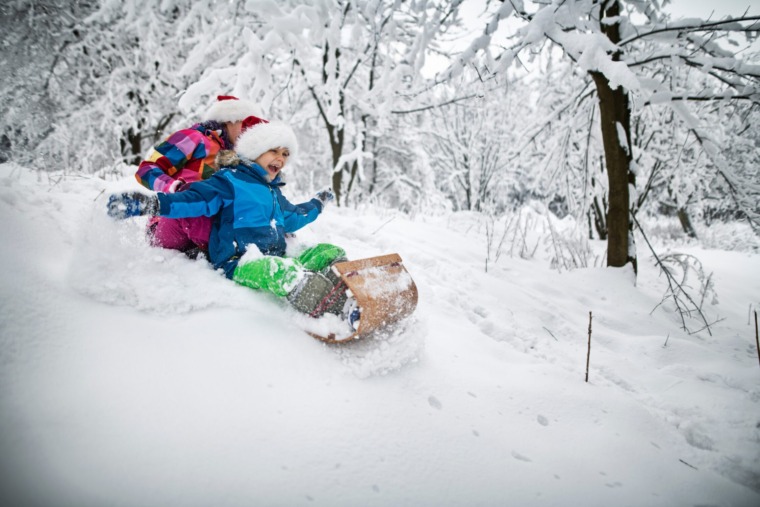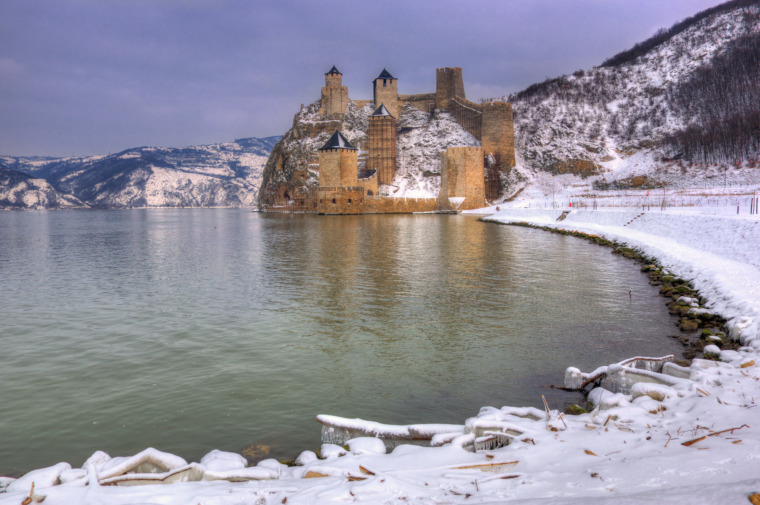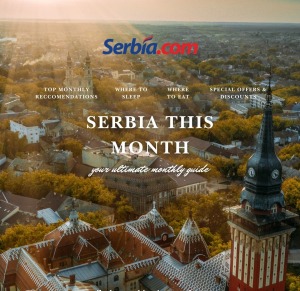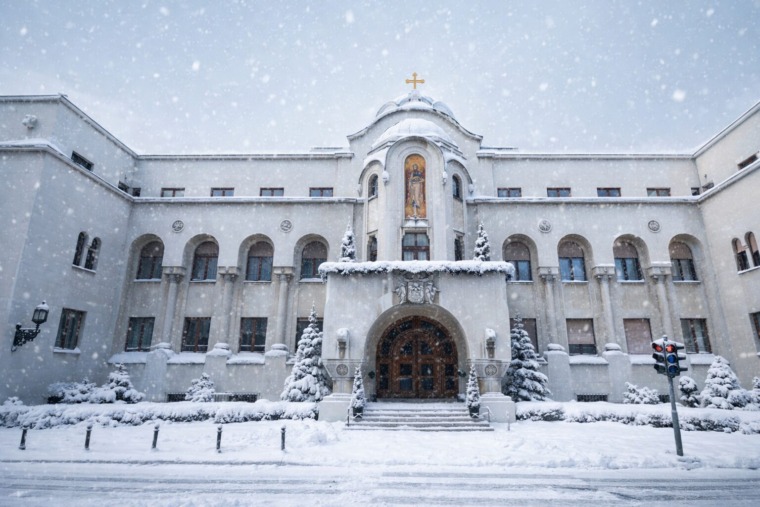
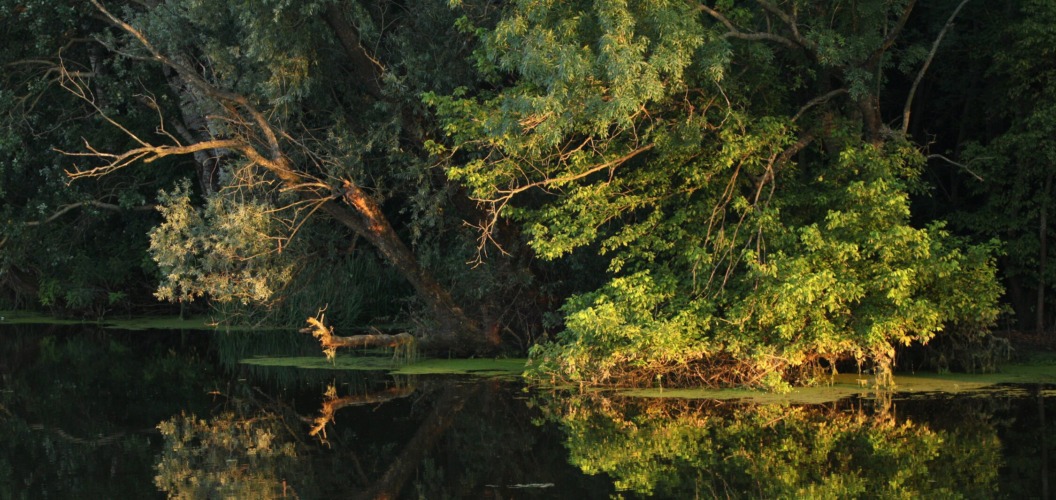
Just thirty kilometers from Novi Sad and fifty from Belgrade, between the Tisa and Begej rivers, lies Carska Bara, one of Serbia’s most beautiful and mysterious wetland areas. Its name is no coincidence – centuries ago, this place was a favorite retreat of Austro-Hungarian emperors and nobles who came here to hunt, fascinated by its biodiversity and serene charm.
Today, Carska Bara is no longer a hunting ground but a special nature reserve, one of the largest natural oases in Vojvodina. Covering about 1,600 hectares of marshes, lakes, reed beds, and forests, it is a place where the scent of wet soil, the rustling of reeds, and the cries of birds create a living symphony.
A birdwatcher’s paradise
Carska Bara is known as one of the most important bird habitats in the Balkans, with more than 250 bird species recorded. Herons, wild geese, swans, ducks, white-tailed eagles, and the rare black stork all find shelter here. With a bit of luck, you may even spot pelicans, which occasionally visit this wetland.
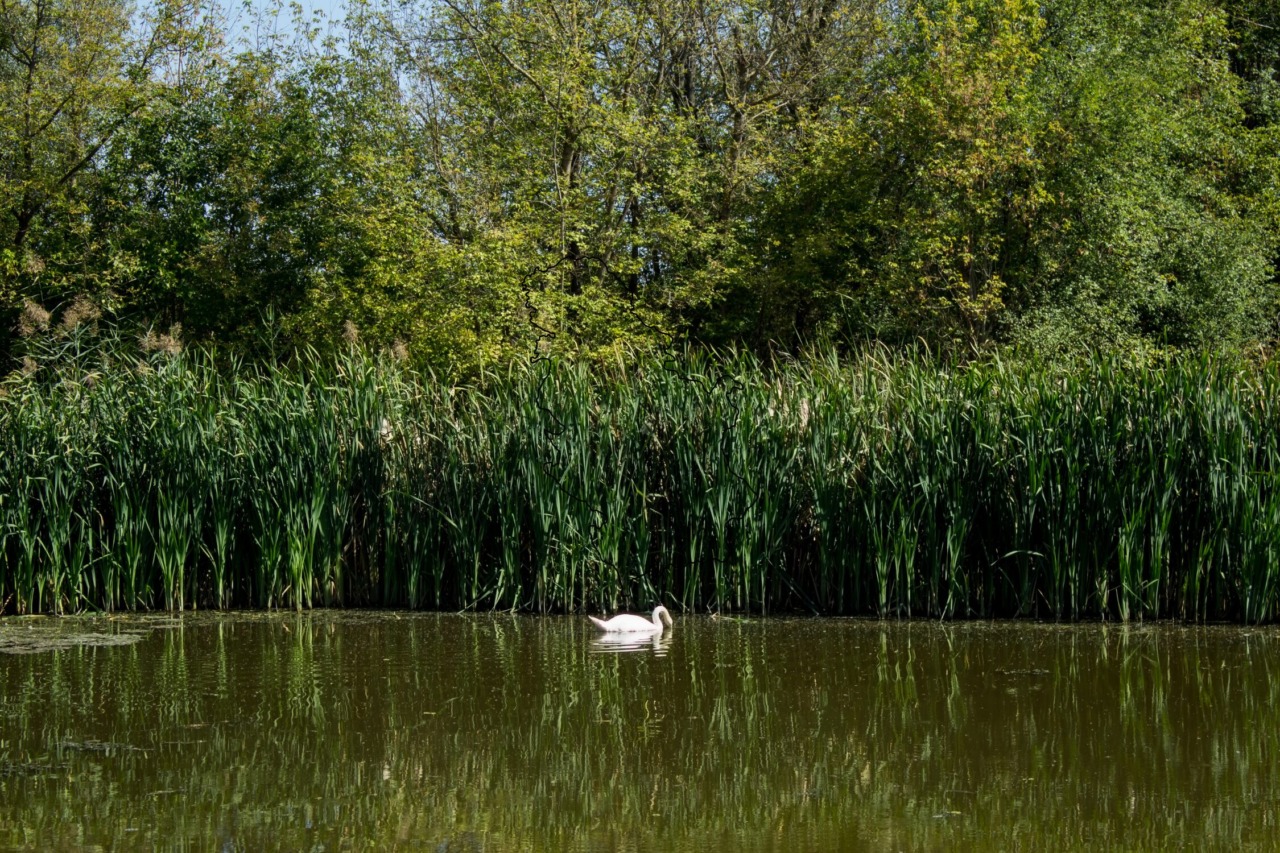
Besides birds, the reserve is home to over 500 plant species and about 200 animal species – from deer and roe deer in nearby forests to frogs, turtles, and otters in the waters. It is a microcosm of life showing that the flat Vojvodina plain hides incredible natural diversity.
What to see and do
The best way to experience Carska Bara is a boat ride through its network of channels and backwaters. Imagine willow branches bending over the water, flocks of white herons rising in unison, and water lilies covering the surface like a fairytale carpet.
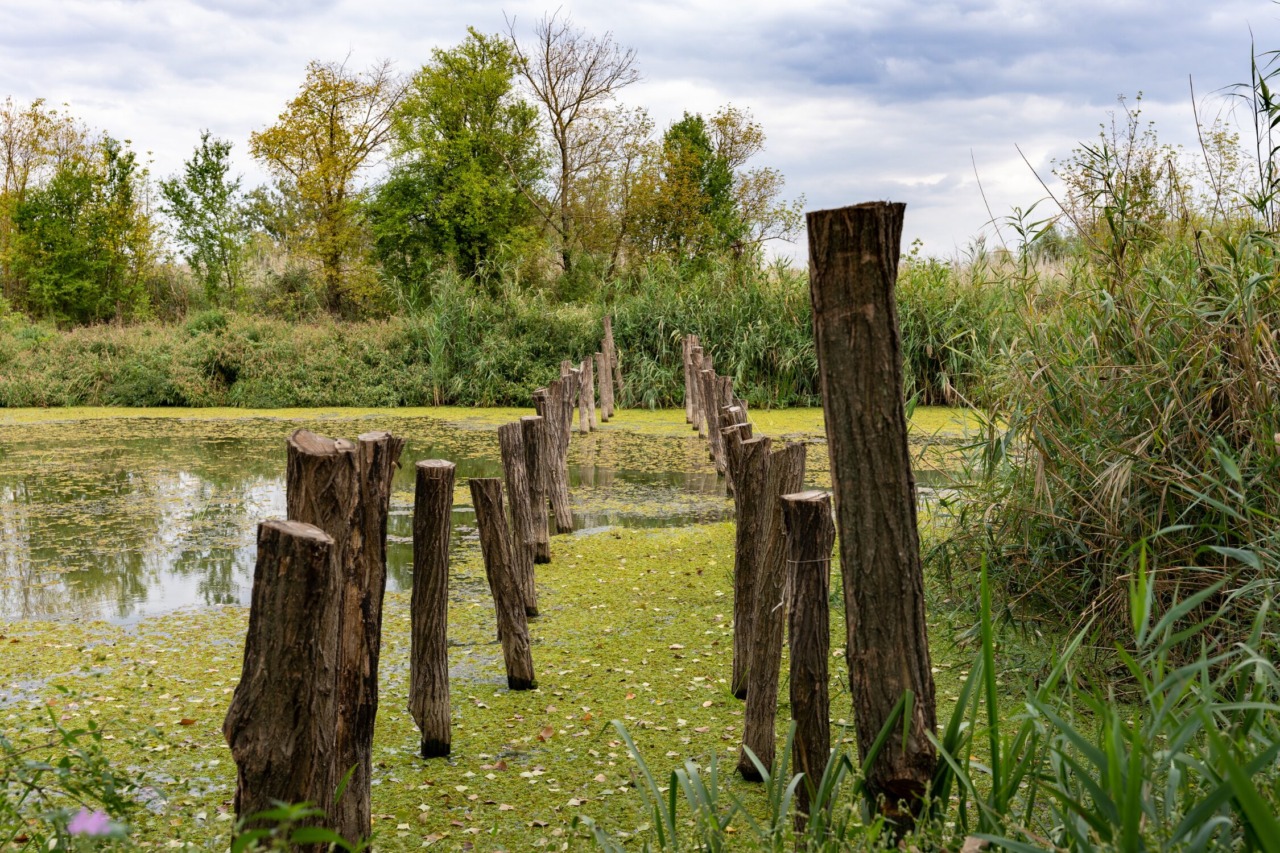
For those who prefer walking, there are eco-trails and birdwatching towers, while nearby ethno-restaurants serve Vojvodina specialties such as fish stew and freshly grilled fish.
Exploring the surroundings
Carska Bara enjoys a prime location between Belgrade, Novi Sad, and Zrenjanin, making it perfect for combining nature with cultural and urban discoveries.
- Zrenjanin: Famous for its baroque Liberty Square and the elegant City Hall, as well as its bridges over the Begej.
- Ečka: Home to the 19th-century Kaštel Castle, where the young Franz Liszt once performed.
- Belgrade: Serbia’s capital is less than an hour away, offering an ideal mix of urban vibrancy and natural escape.
- Novi Sad: Known for Petrovaradin Fortress and its cultural spirit, it pairs perfectly with a visit to the wetlands.
- Kovilj–Petrovaradin Marshes: A nearby UNESCO-protected wetland area, offering a similar but distinct experience.
- Traditional salaši and villages: Along the way, you can stop at rustic farmsteads to taste homemade specialties and experience authentic life in the Vojvodina plain.
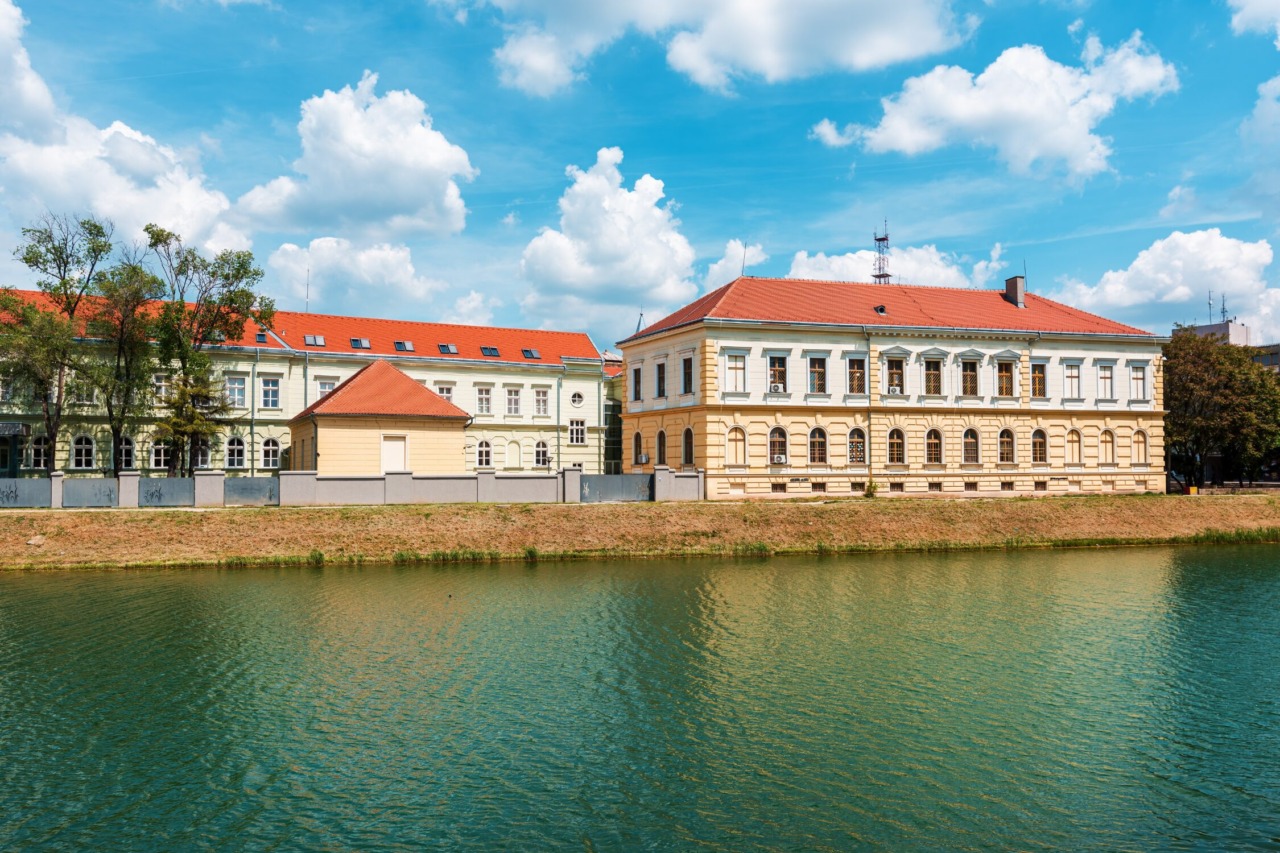
When to visit
Each season brings a unique atmosphere. Spring is vibrant and full of birdlife, while autumn, with golden reeds and still waters, offers a quieter, melancholic charm.
Carska Bara is more than just a wetland – it is a living book of Vojvodina’s nature, a tranquil kingdom of birds and waters, and a gateway to exploring the wider region between the Danube, Tisa, and Begej rivers.
Related Articles


10 Dishes That Must Be on a Serbian New Year’s Table
December 24, 2025
Tourist Holiday Guide to Serbia: Tips, Traditions & What to Expect
December 20, 2025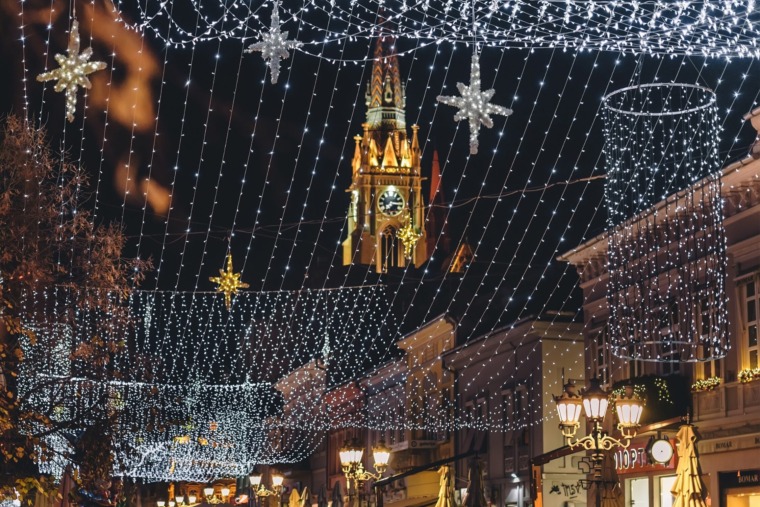
Snow-Free Serbia Travel Ideas for 2026
December 17, 2025